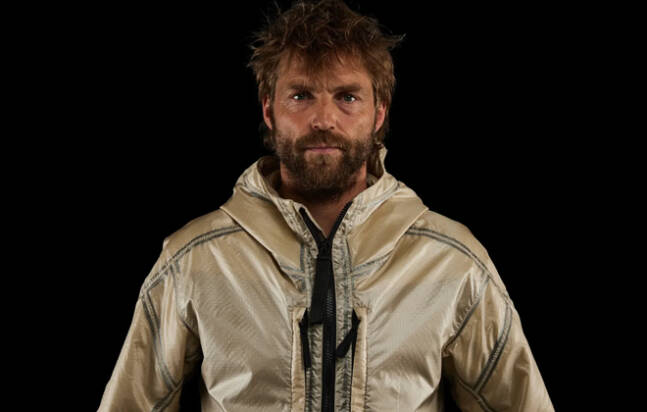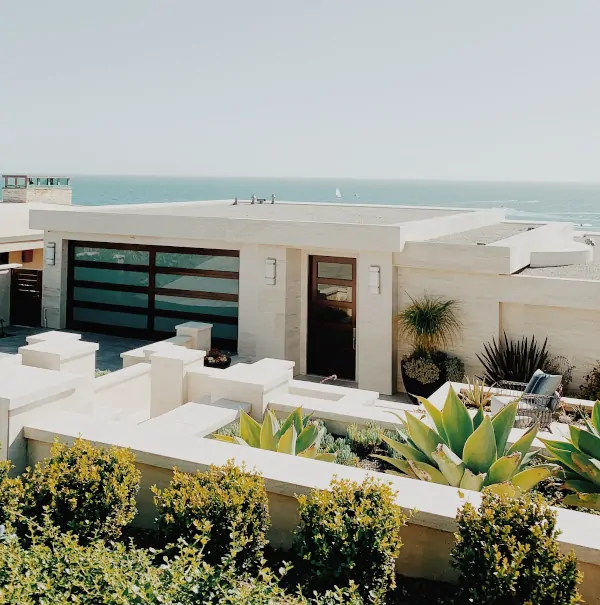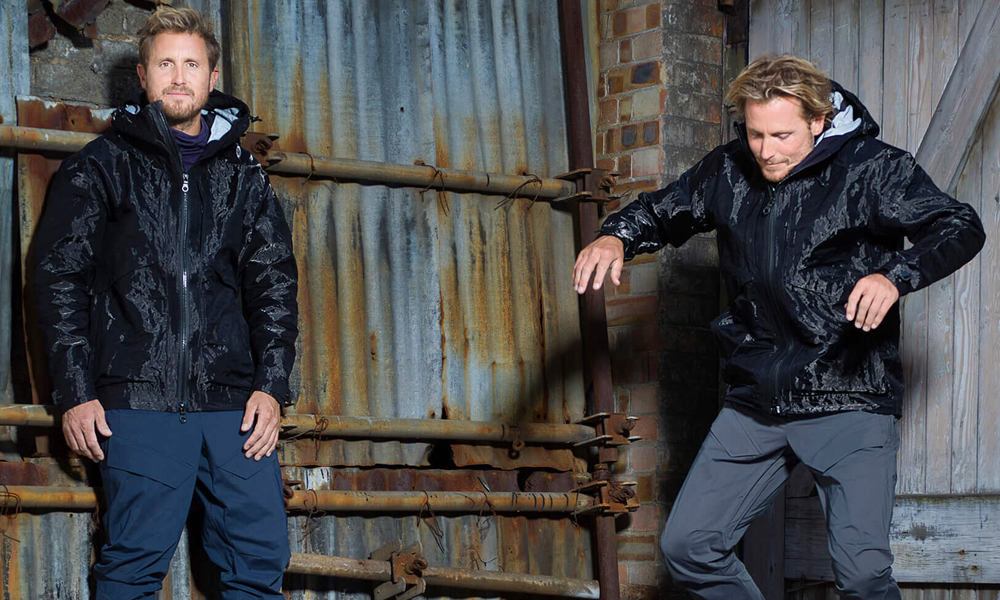Whether it’s wildfires in the Arctic circle or deadly hot asphalt in Arizona, it seems like every day brings a new example of how humans aren’t adapting at the same rate in which the climate is changing. While it’s easy to be nihilistic, there are leaders out there working to find more sustainable ways to live in just about every industry–including when it comes to what we wear.
Take, for instance, London-based clothing company Vollebak. Founded by twin brothers Steve and Nick Tidball in 2015, the brand is popular with everyone from from outdoor extremists to NASA nerds thanks to a mix of state-of-the-art fabric technology with real-world applications. The names of the brand’s items set the tone for Vollebak’s goal: The Indestructible Hoodie and the 100 Year T-shirt, for example.
Speaking with Steve, he tells me that the product names aren’t hyperbole, but a promise. With a background in advertising, both Steve and Nick are well aware of the ways in which a brand can over-promise and under-deliver. Instead, the Tidballs and their team use a multi-faceted approach to their design process to ensure that their garments can last a lifetime – or, hell, maybe even a few lifetimes.

First and foremost, Vollebak raison d’etre is to supply the world with products that simply don’t wear down. Whether explicit or not, Vollebak is anti-fast fashion. Instead of building a brand that’s rooted in quick turnaround and a massive product line-up, the eight-year-old company hovers around 250 items, expanding only on performance and color while not inundating the brand with excess. This, in turn, has allowed for Vollebak to promise long-lasting use.
Part of backing those claims means not taking a simple “no” for an answer when it comes to fabrics not typically used in clothing. This openness helped make Vollebak the industry standard for utilizing cutting-edge materials to create wearable, near indestructible garments. From using aerospace fabric made for the Apollo program to nearly seven miles of copper in the Full Metal Jacket, Vollebak has built a network of engineers, factories, and clothing designers who are pushing the definition of what can be used in commercial clothing to its extreme limitations.
“We test a lot and in a lot of ways,” Tidball tells me. Each factory that Vollebak sources materials from has rigorous tests to ensure the materials can withstand what they were created for. The aerogel in Vollebak’s puffer, for example, that NASA tested to see how it withstands the frigid temperatures of space before adding it into spacesuits. Other tests that are more standard throughout the industry are also conducted, such as abrasion tests in which, “a machine will literally rub a piece of denim over and over and over again and when the denim wears down, you can gauge how long it’ll last in the real world,” Tidball explains.

But, what about the real world? As we know, a machine can hardly reproduce the real human experience of everyday life (looking at you, ChatGPT). But Vollebak makes sure that, given the extreme needs of the garments, the brand’s promise isn’t just backed by lab results, but real-life application. In order to do this, the team has an extensive network of adventure seekers, explorers, and adrenaline junkies to test out the clothes in the extreme conditions that they may find themselves in. By testing under various conditions outside of a factory, Vollebak has been able to, “understand not just what the garment does or can do, but also how the body interacts and feels in it,” Tidball says.
Of course, this comes with a higher price tag. The Aerogel Puffer costs $1,295, for example, while the 100 Year Hoodie costs $595 and the 100 Year Denim Jacket $795. It’s a far cry from the prices typically seen on a store rack. But you (and the person who inherits it after you) also won’t need to replace the garment, so the upfront cost pays off over time.
It’s easy to dismiss bold marketing claims as clickbait or overinflated for the sake of sales. But when backed by (often extreme) tests both in the company and out, Vollebak is an exception. The brand has spent countless hours perfecting its garments without apologizing for quality, or the price tag that come with it. I mean, I don’t know about you, but if a nuclear winter or zombie apocalypse is upon us, I’d feel a lot safer knowing I have a few Vollebak pieces in my wardrobe, just in case.




